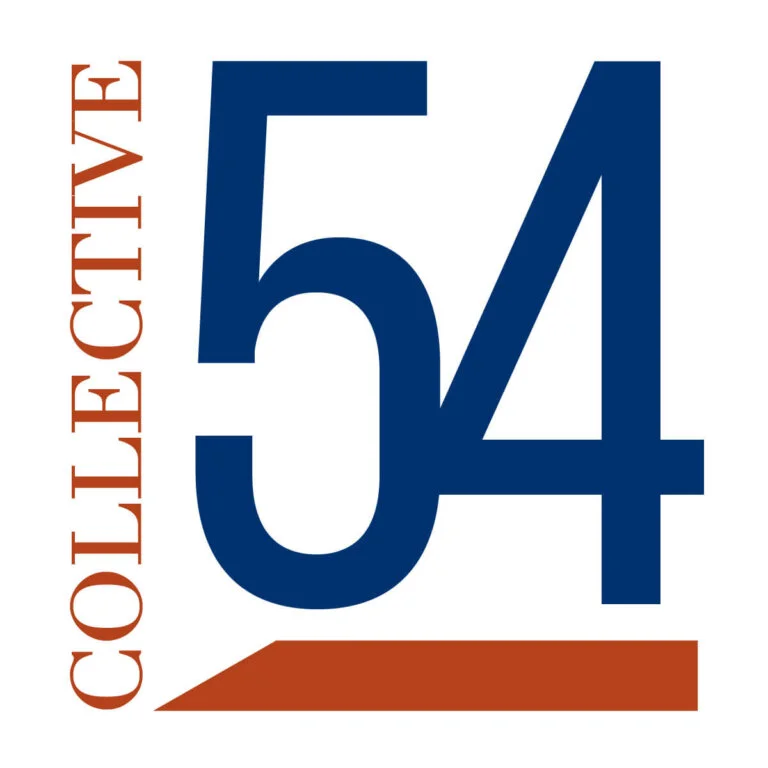Scale Your Boutique Firm: Proven Recruiting Strategies for Immediate Impact
Recruiting Strategy for Scaling Boutique Professional Services Firms
Recruiting is a critical task for boutique professional services firms looking to scale. As firms grow, the recruiting process evolves and becomes more complex. Here are some key strategies to consider:





